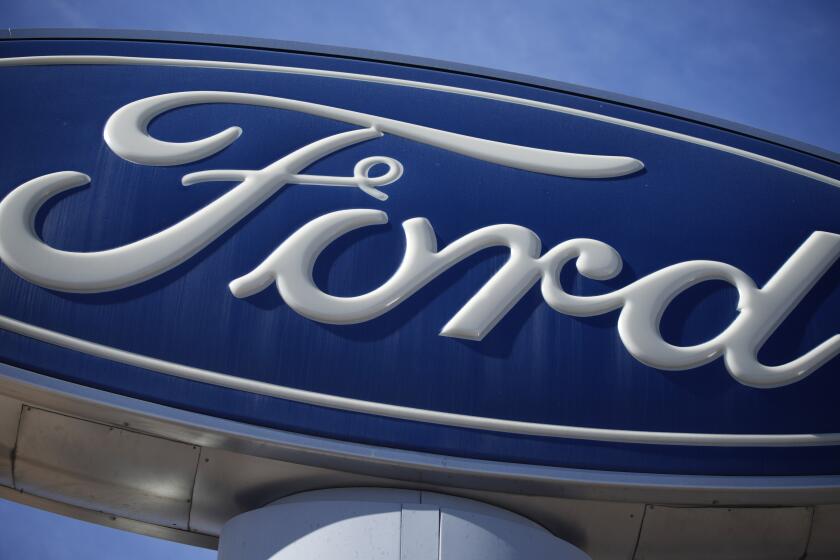Pentagon Dogfight
The Defense Department has invited Northrop Corp. to display its F-20 fighter plane at an Armed Forces Day show near Washington this weekend, but in a last-minute shift has canceled several scheduled demonstration flights by the jet. The reasons given are that the F-20 is not part of the Air Force inventory, and that the Pentagon is not sponsoring a trade show in which outsiders should be free to show off their wares. And so the F-20 will just have to sit on the ground at Andrews Air Force Base in Maryland while other planes that carry Air Force insignia get a chance to do their stuff. All of which is a little like inviting a guest to dinner and then refusing to give him anything to eat.
The controversy that has long surrounded the F-20 thus continues. Northrop designed and built the plane with its own money but with government encouragement, expecting that it would be able to sell a lot of the planes overseas--as it did earlier with its very successful F-5. But foreign buyers have not taken to the F-20, preferring instead, when they have the choice, the F-16 that is built by General Dynamics. That plane is in the Air Force inventory, which gives it a cachet among foreigners that the F-20 lacks. Moreover, the Air Force has not been shy about recommending the F-16 to foreign purchasers. One reason is that each copy of the plane sold abroad reduces the price that the Air Force must pay at home.
Cost has suddenly become a major element in the F-20 controversy. Northrop has taken the unprecedented step of offering to sell 396 of the planes to the Air Force at a fixed price of $15 million each, along with a fixed unit price for all material and spare parts per flying hour. The F-16, in contrast, currently costs about $19 million a copy and is expensive to maintain. An Air National Guard task force, recommending purchase of the F-20 for both the Guard and the Air Force, argues that the “F-20 provides combat capability comparable to the F-16” and that “for the same dollar expenditure the F-20 provides significantly more combat capability.” The task force further contends that when all costs are taken into account, including maintenance over the life of the two planes, purchase of the F-20 could save billions.
Air Force Secretary Verne Orr has told Congress that it would be “very beneficial” to have a mix of F-20s and F-16s in the Air Force inventory. So far, though, the Air Force has resisted even allowing an open competition between the two planes. What’s the problem? Probably it’s institutional. The Air Force maintains a huge bureaucracy to oversee the development and procurement of new planes. The F-20 was designed outside the purview of that bureaucracy, yielding what some believe is a fighter comparable to but considerably cheaper than the F-16. That kind of thing can be irritating to bureaucrats.
The Air Force now says, somewhat vaguely, that it might consider buying a number of F-20s sometime in the 1987 fiscal year. Impatient with delay and seeing the opportunity to save billions of dollars, some in Congress are insisting that the Air Force not wait but instead stage a competition between the F-20 and the F-16 in the 1986 fiscal year, which will start in October. How good is the F-20? The only reasonable way to answer that question is through objective tests and evaluations that pit it against the F-16. The Air Force is asking for $16 billion to buy 792 more F-16s over the next four years. It may be that some of that money could be better spent to buy cheaper planes of comparable capabilities. Fairness and common sense suggest that it’s time to find out.
More to Read
Inside the business of entertainment
The Wide Shot brings you news, analysis and insights on everything from streaming wars to production — and what it all means for the future.
You may occasionally receive promotional content from the Los Angeles Times.










